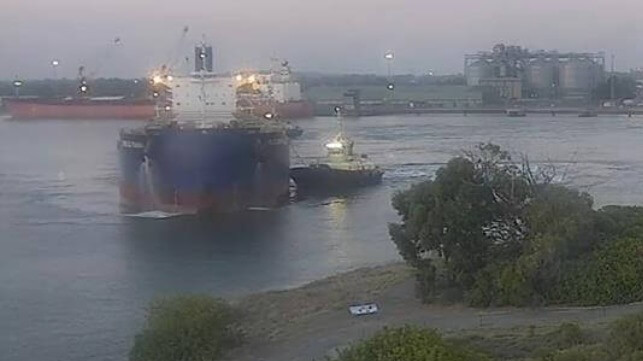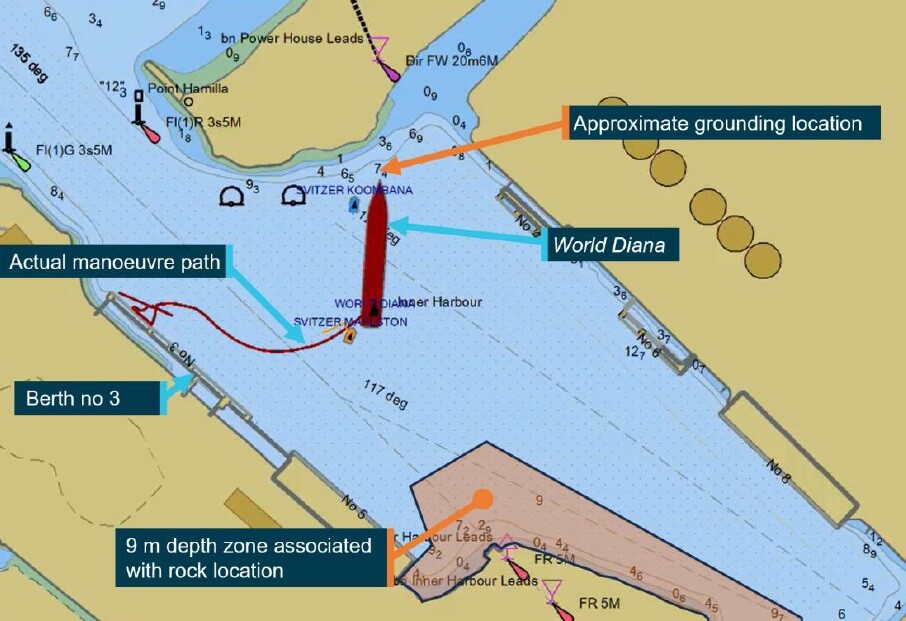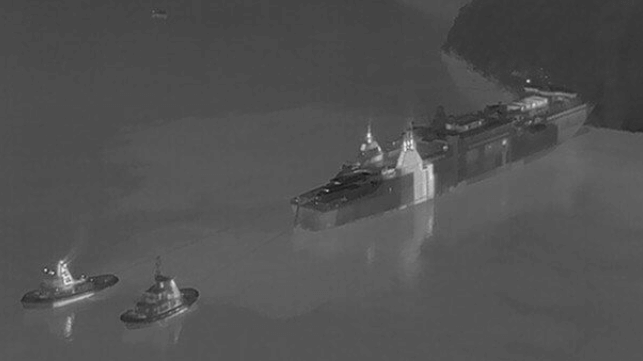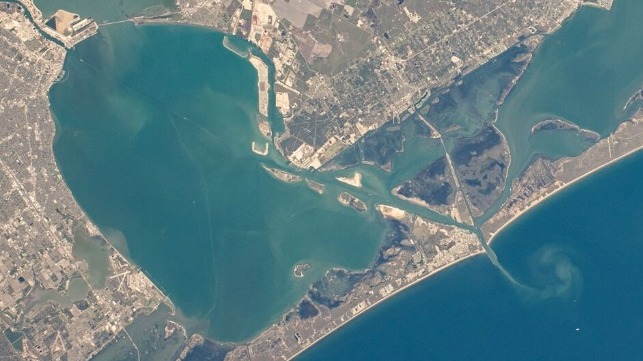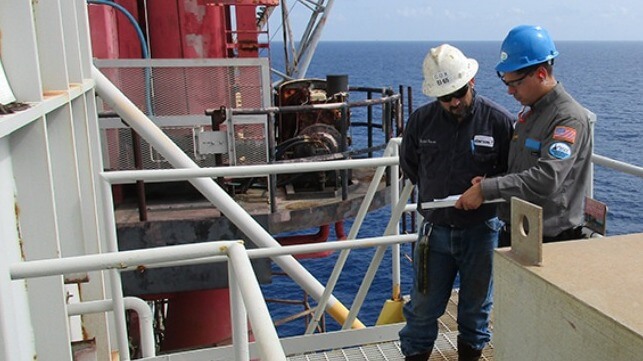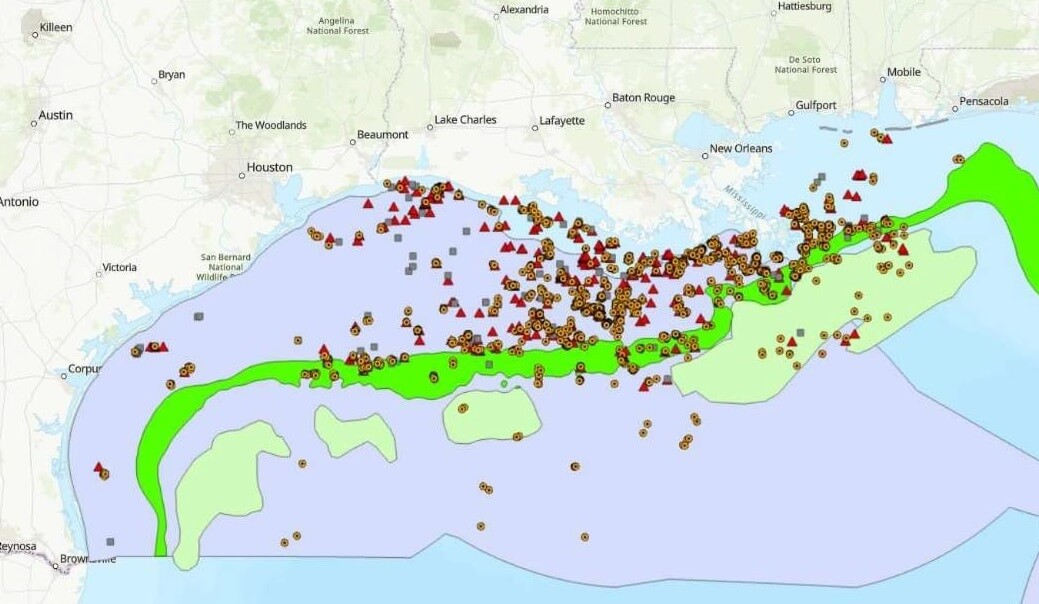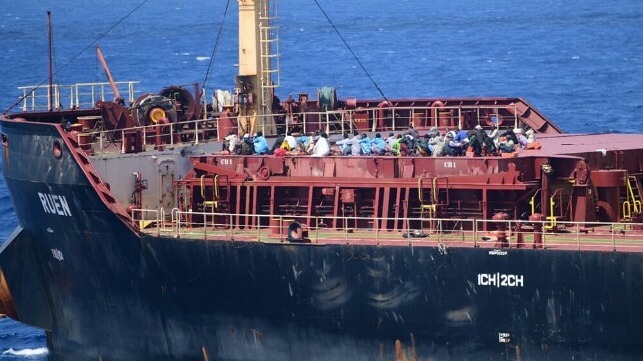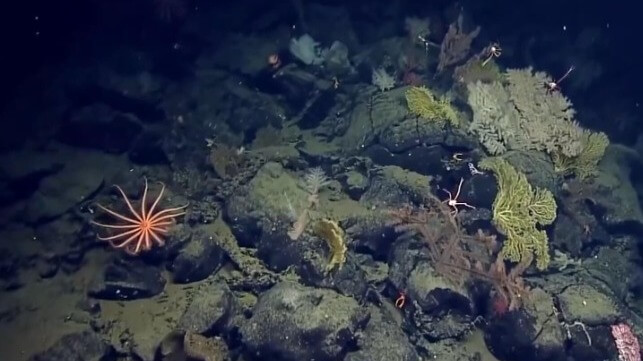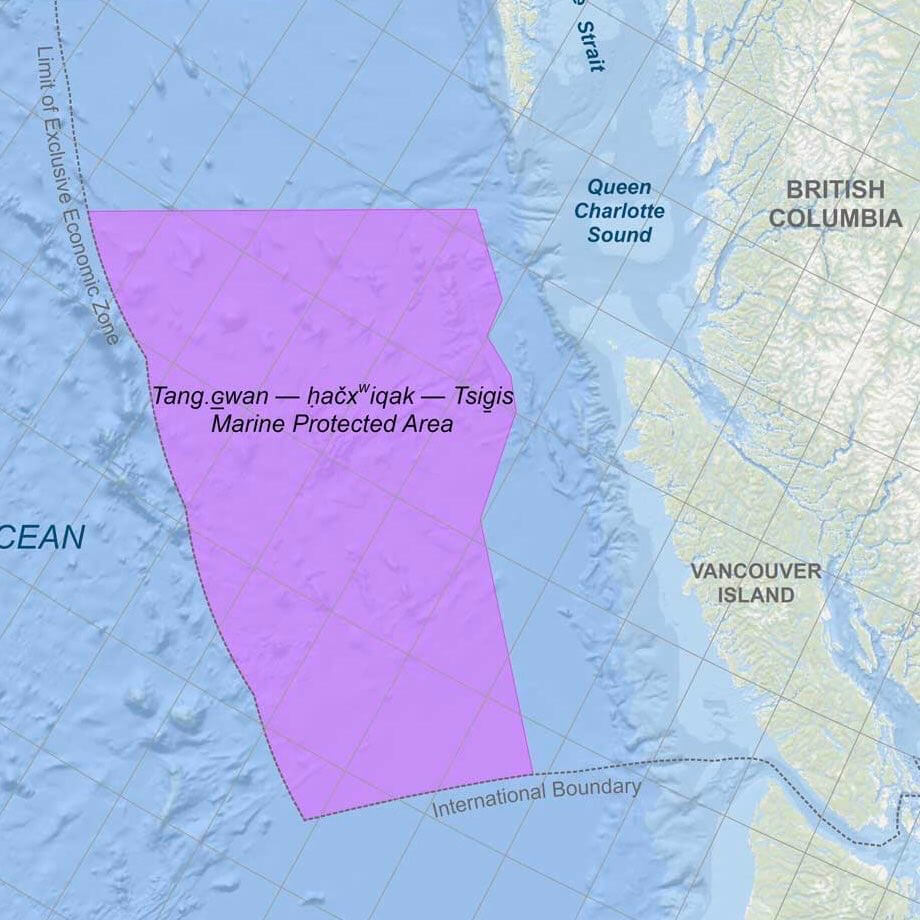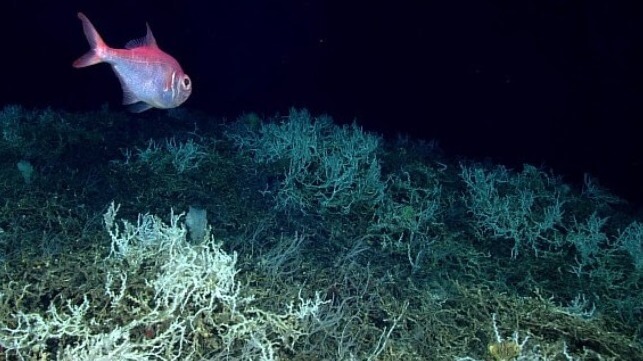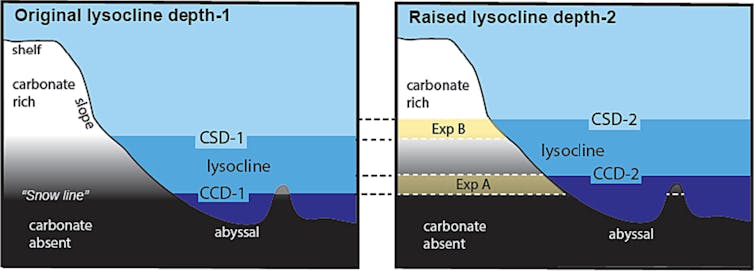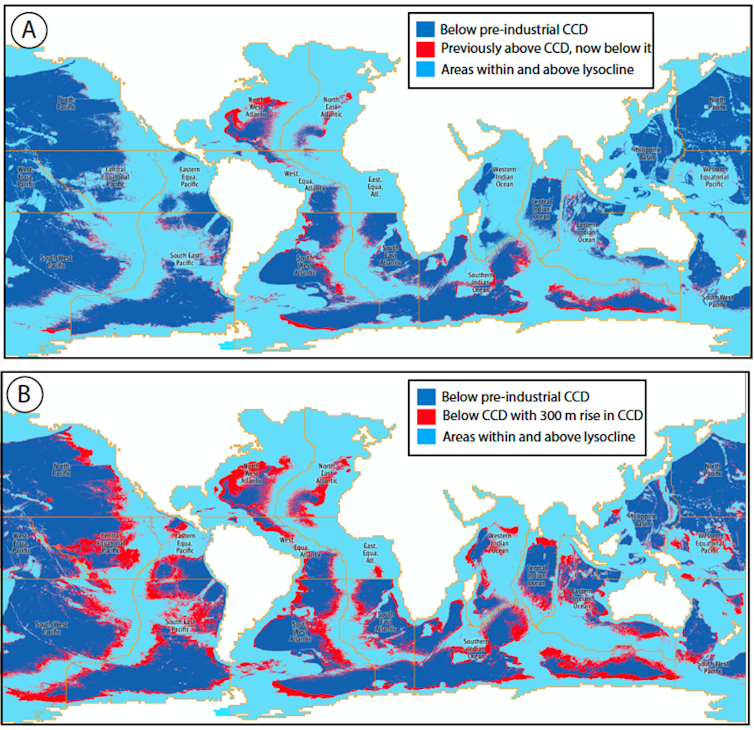Sentiment & Science: Public Perception of Alternative Fuels
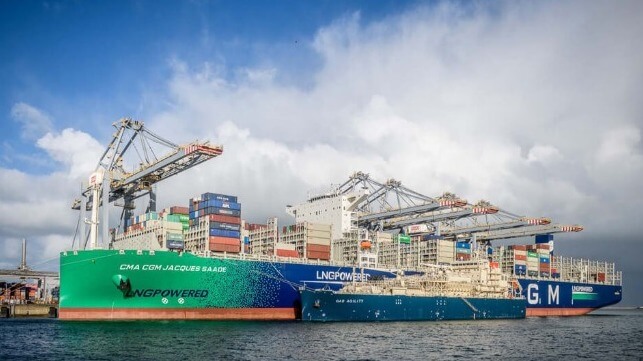
The idea that 2050 is a remote date has to be one of the biggest obstacles facing the maritime industry.
There is no denying we are already on the countdown. We currently only have some 305 months until we are committed to achieving net zero. This is a daunting realization and despite our common goal and common challenges, the industry is struggling to find common ground.
Theoretical, unproven solutions have shifted focus away from practical alternatives that the industry needs to seriously consider for long-term adaptation. Today, a lack of understanding of alternative fuels appears to overshadow action. Technology is often difficult to grasp, and the magnitude of the financial reality maritime faces is vast.
The gap between what we hear and what we see is vast.
The Maritime Alternative Fuels Barometer quantifies this gap. The Barometer, commissioned by SEA-LNG and conducted by maritime tech research consultancy, Thetius compares current perceptions of future fuels against reality.
With insights from key industry stakeholders, the report looks at availability, supply, technological readiness and impact on emissions. The objective is to help bridge the gap. To provide a comprehensive outlook and to aid the industry in making informed decisions.
Vast potential, fraught with complexities
The 2050 deadline may be firmly on the horizon, but the current roadmap to net zero is marked with interim targets from the IMO. A ~20% cut in GHG emissions by 2030. A ~70% cut in GHG emissions by 2040. This does not account for other regional regulations, or competitive, commercial objectives.
Asking where we currently stand is a tough question. On the one hand, the industry has a wealth of practical solutions at its fingertips and innovation continues.
But we must stop waiting.
As the Barometer rightly points out there are no silver bullets. And looking ahead to 2050, all potential solutions require the industry to overcome daunting challenges.
The right solutions to create the right solutions
Given the time frames, if a fuel is going to be a future fuel we need an obvious pathway forward.
This is a repeated finding from the Barometer. Most obstacles to achieving net zero are commercial viability, availability and technical capabilities.
Investment is among the most critical factors. Not only in the fuel production itself, but across supply chain infrastructure. Availability requires coordination across the whole supply chain with all its complexities and costs.
Where alternative fuels are concerned, the Thetius report indicates that LNG, ammonia and methanol are perceived favorably for 2030 and 2050 goals. Stakeholders acknowledged this was a complex, nuanced situation that is likely headed to a multi-fuel destination.
Gaining clarity: perceptions vs. reality
To properly understand viability, the industry needs to understand the reality of well-to-wake emissions.
Take methanol. According to findings in the Barometer, methanol has a strong backing in the industry as a future fuel. But it’s unclear whether this takes into consideration the different types of methanol that are produced.
If one uses renewable energy sources to produce “green” methanol, CO2 emissions could be cut by up to 95% compared to conventional fuels. But when produced with fossil fuel feedstocks (“gray” methanol) it could increase net GHG emissions to more than current conventional fuels.
To benefit from green methanol, we need to significantly scale production capabilities which means significant growth in renewables. This is not an insurmountable issue, but the future investment profile is huge. And it will likely be the mid-2030s before sufficient capacity is available for green methanol and other synthetic fuel production.
The Barometer found that public sentiment for ammonia as a future fuel is also strong, but infrastructure is a major focus. The fuel is highly toxic, and there are no current bunkering regulations to mitigate risk. Additional training and safety measures are a must-have if we are to protect seafarers, longshoremen and others in proximity to maritime facilities.
As for LNG, demand and sentiment were found to be extremely strong. In its current form, the fuel offers an immediate reduction in GHG emissions of up to 23%. Some LNG engine technologies suffer from the issue of methane slip, however, technologies to address this are rapidly evolving. The consensus is that slip will be a non-issue after 2030.
LNG is also the only fossil-derived fuel which cuts GHG emissions compared with traditional fuel oils. Importantly it also dramatically reduces SOx, NOx and Particulate Matter. These are all pollutants the industry has worked for decades to reduce.
The LNG pathway = immediate and long-term impact
With LNG, bio-LNG and e-LNG, we have a low risk, incremental pathway to a net zero by 2050. Owners and operators can utilize existing funded LNG bunkering infrastructure, and proven, safe shipboard technologies.
Over 1,000 vessels have chosen LNG (excluding LNG carriers) and LNG bunkers are now available in 185 ports, with an additional 50 being made available by 2025.
With bio-LNG, adoption can result in GHG reductions of typically 80% or more, depending upon the source of the biomass. It is already in use and compatible with existing infrastructure. Plus, bio-LNG bunkers are available in ~70 ports in Asia, Europe & North America.
Synthetic (or e-LNG) marks the ultimate phase in the pathway. Renewable hydrogen is needed to produce electro fuels, like e-LNG. Given the need to first produce renewable hydrogen, these fuels are likely to become available in sustainable quantities from the mid-2030s onwards. These hydrogen-based fuels are compatible with current LNG-fueled vessels and supply infrastructure. No need for newbuilds or vast investment.
Conclusion
As with all major change, collaboration is imperative. Shipowners and operators must work alongside investors, financiers and regulators to continue to establish reasonable, realistic and practical goals. Information sharing must become the norm, and be predicated upon real science and facts.
As the Barometer clearly notes there is not silver bullet to achieving net zero by 2050. The basket of fuels needed will be determined by technological developments, commercial viability and fuel availability.
The Maritime Alternative Fuels Barometer demonstrates why we need to focus on real data and scientific facts, not theoretical and selective analysis. It will take financial commitment and science - supported by practical and realistic analyses - to reach informed decisions that generate action. Today and tomorrow.
[1033 words]
The opinions expressed herein are the author's and not necessarily those of The Maritime Executive.
